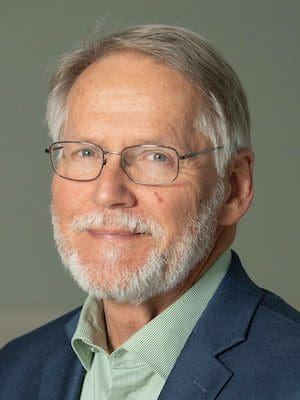Adventurers with Campbell University Divinity School and Nurturing Faith Experiences said goodbye to the Galilee on Thursday and headed south to a double destination. The ancient tel of Beth She’an towers above the Hellenistic/Roman city of Scythopolis, built as one of the cities of the Decapolis — the only one on the western side of the Jordan.

These intrepid folks made the long climb on a very hot day. The skeletal tree behind them was a prop for the 1970s movie version of Jesus Christ Superstar.
There we explored an impressive theater and an adjoining unisex bathroom that could accommodate 80 guests at one time, with no walls or partitions. Adventurous souls climbed the tel for a bird’s eye view of the city, while others inspected ruins of an impressive agora, a colonnaded street lined with mosaics in front of shops, and a large bathhouse where residents could enjoy pools of different temperatures, as well as a steam-room with hot air piped in beneath the floor.
We added a bonus visit to Harod Spring, also known as Gideon’s Spring, and were glad we did. The site is one of the most authentic in the land: the spring at which God directed Gideon to whittle his army down from 32,000 to 10,000, then from 10,000 to 300. The latter cut was made by watching how the men drank from the spring, and choosing only those who “lapped like a dog.” We read the story and several people demonstrated different ways to drink from the stream.
The Harod Spring is often dry or nearly so, but due to a wet winter, today it was bubbling vigorously from a small cave beneath a hill and providing loads of fresh water to pools built downstream for a recreation area. The water was refreshing, as the temperature reached 109 degrees Fahrenheit.
From Harod Spring we drove south along the Jordan River with the Gilboa range to our right and the hills of Gilead across the Jordan to our left. In time we passed into the region known as Samaria, where we saw the near-barren central hill country that was a stronghold of the early Israelites.

Orthodox Christians are blessed by a priest, then they all baptize themselves by going under three times.
At Qasr al Yehud, a baptism site near where Jesus would have been baptized at Bethany Beyond the Jordan, we saw how much the character of the river had changed as it flowed south, shrinking in size and becoming more and more muddy. Even so, Orthodox Christians, especially from Russia and the Ukraine, prefer to baptize themselves there rather than in the cleaner waters at Jardenit.

Co-leaders Tony Cartledge and Alicia Myers represent Old and New Testament studies, respectively — and both agreed that the lunch was terrific.
A fine lunch at Jericho’s Temptation Restaurant was next, and there were few who resisted the temptation to overeat the typical Mediterranean fare of salads, humus, pita bread, and various meats seasoned and grilled on skewers.
Those who wished had a chance to ride a camel around the parking lot before we climbed Tel es Sultan, the site of ancient Jericho. The biblical story of how “Joshua fit de battle ob Jericho” notwithstanding, we saw evidence of the city’s founding during the Neolithic period (about 10,000 years ago), as well as its demise during the Middle Bronze Age (around 1650 BCE), well before Joshua and the Israelites arrived.

Middle Bronze fortifications at Jericho were destroyed around 1650 and the city never recovered. The stone wall behind was an earlier retaining wall.
From Jericho we drove up the old Jericho Road to an overlook on the Wadi Qelt, where we could look into the deep gorge, view St. George’s monastery, and imagined how the dark valley could have inspired Psalm 23’s reference to “the valley of the shadow of death.” After a cordial visit with Bedouin peddlers selling khaffiyehs (head scarves) and jewelry, we drove west and uphill all the way to Jerusalem, going from nearly 1500 feet below sea level to 2400 feet above sea level.
After driving through much of the city, we stopped for a photo-op at a park called the Promenade that overlooks East Jerusalem and the Old City, then proceeded to the kibbutz hotel Ramat Rachel, our home for the next five nights. Tomorrow, we dig!







